Yesterday, spent 4 hours on The Green at Westland Green TL423222. This is a rough grassland habitat which remains damp for many months, hence the presence of sedges. Surrounded by young oak trees and bramble patches, it looks an exciting area for insects.
 |
| Looking East over The Green |
Arriving on a sunny morning, I spent a couple of hours netting and photographing anything disturbed as I wandered back and forth. Several macro moths were put up and identified. Of particular note, 3 silver Y moths, one here, along with a 2nd small yellow underwing.
 |
| Silver Y |
 |
| small yellow underwing |
Other macros were latticed heath and red twin spot carpet, shown here after netting.
 |
| red twin spot carpet. |
Plenty of micro moths disturbed, with huge numbers of a new moth for me
Glyphipterix simpiciella. In all, I encountered in excess of 50 of these, mainly seen on meadow buttercup, which is presently flowering in profusion.
Other micros were 8
Celypha lacunana, Epiblema cirsiana, and
Elachista argentella.
 |
| Celypha lacunana |
 |
| Glyphipterix simpliciella |
 |
| 3 on one buttercup |
 |
| Epiblema cirsiana |
Other fascinating insects made the list, many new for my parish records with several still to identify, including a spuerb spider knocked from a young oak on to a white sheet.
 |
| Common malachite beetle |
 |
| downlooker snipefly |
 |
| acorn weevil, knocked from oak |
 |
| yet to be identified |
 |
| Scaphidium quadrimaculatum |
 |
| yet to be identified |
 |
| Rhagonycha limbata |
 |
| giant cranefly |
 |
| neetle weevil |
Butterfly wise, I only netted a small heath, but also recorded were: 2 peacock, 2 small heath, 3 small white, 3 orange tip, 1 brimstone fly past.
 |
| small heath butterfly |
Bird wise, I noted, mainly on song as I had most of my time spent head down in long grass; 3 whitethroat, 2 blackcap, red kite, great tit, 2 goldfinch, 1 robin, 2 chiffchaff, buzzard, long tailed tit, kestrel, 2 greenfinch, 2 pheasant, 2 blackbird, great spotted woodpecker, green woodpecker, wood pigeon, wren, 5 swallow and 2 jackdaws.
A super 4 hours and a survey I continue to redo in mid June and then again during July and August. Also, a moth night may prove beneficial here soon.












































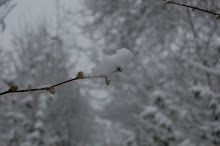













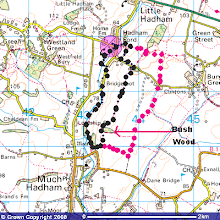
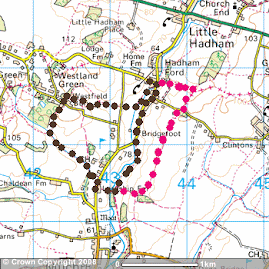
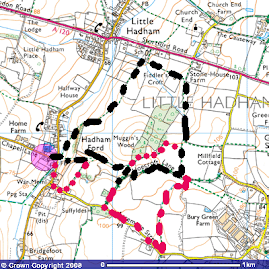
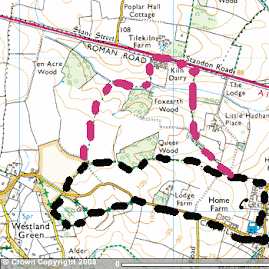
No comments:
Post a Comment